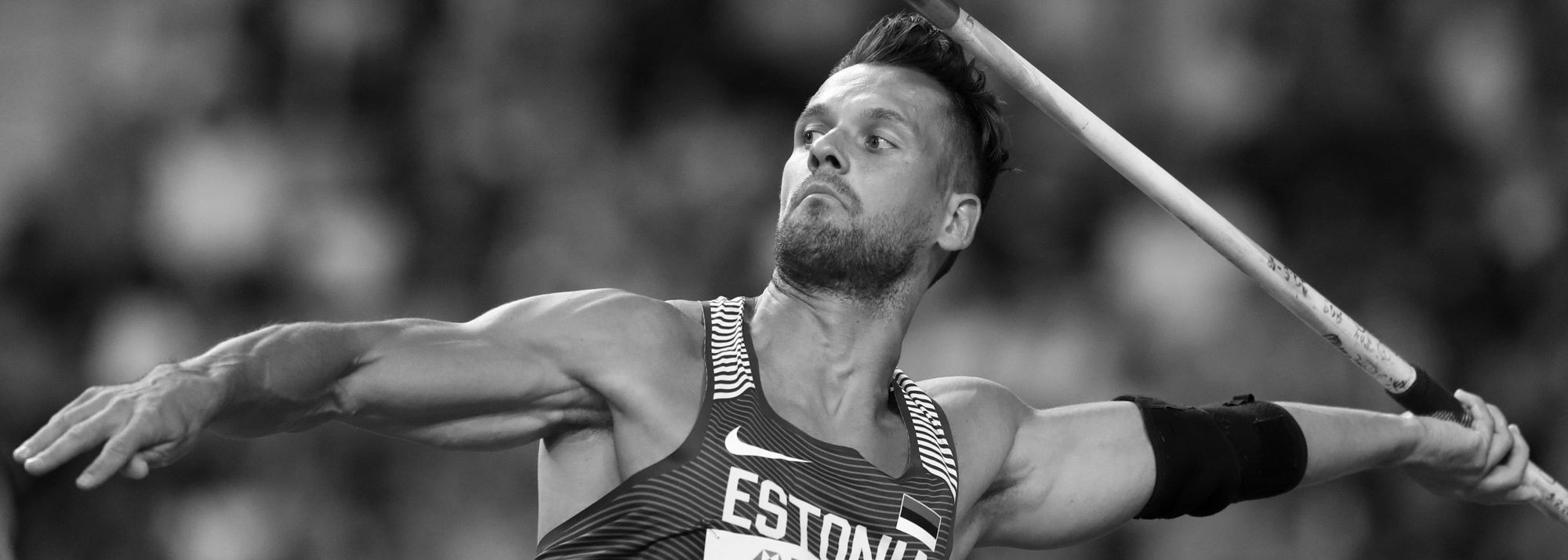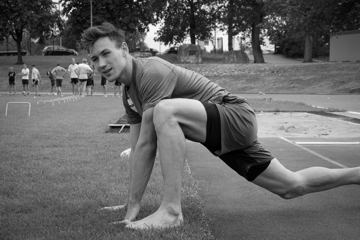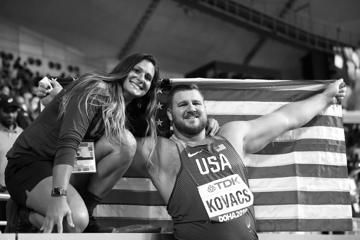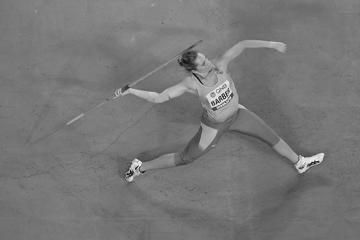Magnus Kirt
by Magnus Kirt
It should have been the best moment of my career, but it was one of the most worrying.
I had never experienced anything like it before. During what should have been a feeling of joy, there was so much stress.
It was in Doha last October, and I had just won silver in the men’s javelin. But my shoulder hurt – a lot.
In the fifth round, it had popped right out of the capsule after my throw and dislocated. Instead of lining up for a sixth throw and an attempt at gold, all I could do was sit and hope I could hold on to silver.
As it turned out, I did, but I never thought I would feel as I did after winning my first global medal. Two weeks later I would need an operation, and it was about to be a race against time to get back in time for Tokyo.
It was a reminder of how quickly all this can be taken away from you.
Getting to that stage had long been a dream. I had always wanted to be a sportsman, but it was only while at university that I figured it could be as a javelin thrower.
My Dad was a luge coach who had been to the Winter Olympics twice and I always wanted to follow, to some degree, in his footsteps. In Estonia, kids are exposed to as many sports as possible in the early years and we’re encouraged not to specify.
I did everything as a teenager, and focused on high jump and javelin until university. From a young age, I’d been quite good with throwing things – rocks, balls, whatever – but it took a long time to have success at the javelin. I couldn’t even win medals at regional championships at the start.
But the magic of the event is how technical it is. You can always get better. In 2013, when I threw 79 metres, I started to believe it could be my profession.
But the following year I made a big mistake: overtraining. I had some personal events in my life going on that year yet I trained harder than ever, pushing my body to breaking point.
I lost my appetite, lost a lot of weight, and had trouble sleeping. My performances got worse, and that was a big lesson for the future. More is not always better.
After finishing university, I concentrated only on javelin in 2015 and figured out what kind of training suits me. The result was a big PB, 86.65 metres.
In 2016, my old coach went to work in another area so I began a new arrangement, being coached by a childhood friend, Marek Vister. We grew up competing together and he knows me since the age of 10. There’s nothing we can’t say to each other and because of that, he understands me deeply, like a psychologist.
My other coach, Indrek Tustit, writes the training plans and he’s also a physiotherapist so he knows my body well – what it can handle and what it can’t.
A few years ago, Marek gave me a nickname – Southpaw – based on a movie about a left-handed boxer. I’ve always liked that name, and I guess for many my throwing style is unorthodox.
After releasing the javelin I always let my body fly and fall to the ground. I don’t remember exactly how it started, but over the years I’ve become an expert at landing this way. While I often picked up some scratches, I’ve never seriously hurt myself doing it.
I never do it in training, but something about doing it in competitions makes me feel like the throw is longer.
But as a thrower, you’re never fully satisfied with your technique. Every year I look back and think the previous year wasn’t so good. I try to think and find some way to be better – smoother, more stable. The last three or four years I’ve been quite healthy so that helped me to master the technique, doing many, many throws from a full run-up in training and operating at high speeds.
The biggest mistake is that I often don’t hold the javelin tip close to my eyes, I let it go away from the head. By doing that, the angle of the throw is not perfect. If I can get that right, I know my throw will get better.
Going into Doha last year, I didn’t want to say it out loud, but my goal was to win a medal. I had thrown over 90 metres twice in the summer, but by the time the world final came around I was not at my best. My body was quite tired and I threw a best of 86 metres in the final, which was good enough for silver. I think the long season is what ended up causing the injury.
It’s now nine months on from the surgery, but I still feel the effects. During the operation they made the shoulder capsule stronger, tighter, so it’s less likely to dislocate in the future. The rehab was slow and as bad as it is to say, given what’s going on in the world, it was good for me that there is an extra year to prepare for Tokyo.
I’m already back throwing the javelin and every day, it’s starting to fly a little bit farther.







